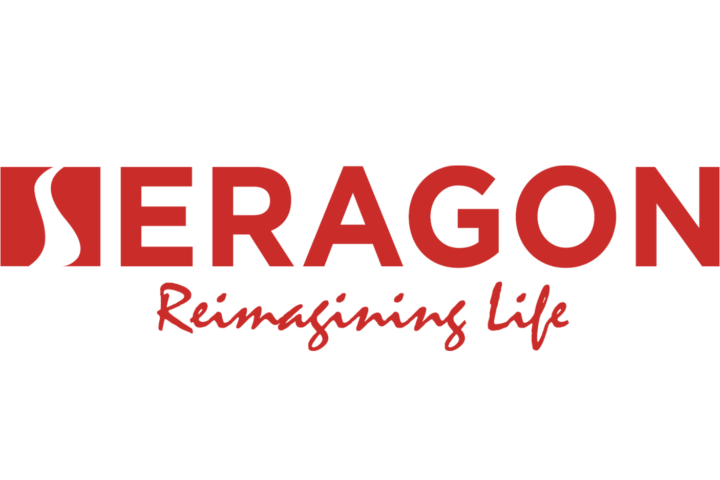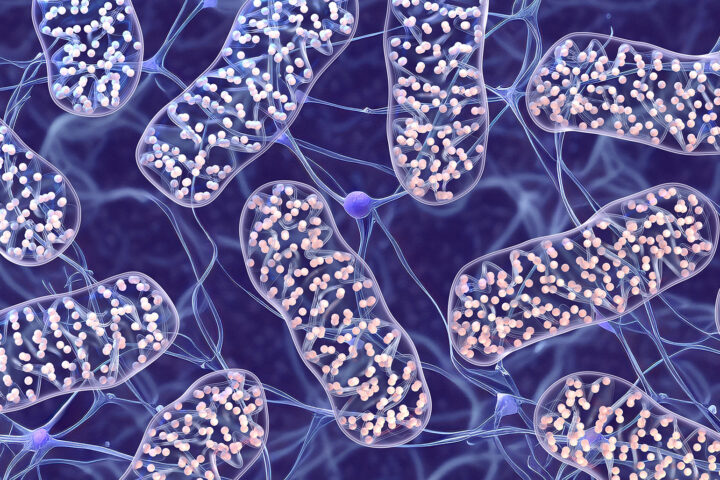A Cool History
For centuries, the idea of using cold therapy for health benefits has been a topic of interest, dating back to the times of Hippocrates (1) and Thomas Jefferson (2). This ancient practice has evolved into modern forms like cold showers, ice baths, and cold spa treatments. But what does science say about the potential of cold therapy, especially in relation to aging and longevity?
Hormesis: Stress for Health
Cold therapy’s potential benefits hinge on the concept of hormesis (3). This biological principle suggests that low doses of a typically harmful stressor can provoke an adaptive, beneficial response in an organism. For instance, oxidative stress is known to damage mitochondria and DNA, playing a significant role in aging (4). However, controlled exposure to stressors, including cold, can help the body become more resilient to oxidative stress, offering a variety of health benefits.
Physiological Response to Cold
When exposed to cold, the body goes through a uniform response. Initial reactions include goosebumps, muscle tightening, and blood being redirected from the skin and limbs to the core (5). As body temperature drops, shivering starts, and brown fat is stimulated to generate heat by burning calories. This process also increases heart rate, blood pressure, respiratory rate, and blood glucose levels while decreasing insulin secretion.
Cold Shock Proteins and Health
Cold exposure triggers the production of cold shock proteins (6), which play a crucial role in cellular survival at lower temperatures. These proteins, initially identified in E. coli, have been conserved across various organisms including humans (7). They participate in various stages of protein synthesis and have been implicated in a range of diseases and aging-related conditions (8). Cold shock proteins like RBM3, which is associated with enhanced mRNA stability and translation, are expressed at higher levels in anti-aging models (9).
The Role of Brown Adipose Tissue
Another significant aspect of the body’s response to cold is the activation of brown adipose tissue (10). This type of fat tissue, unlike white fat used for insulation and energy storage, is involved in thermogenesis – generating heat to raise body temperature. Brown fat is highly vascularized and rich in mitochondria. It’s been found that activating brown adipose tissue can have various health benefits, such as improving glucose homeostasis, insulin sensitivity, and even contributing to the prevention of atherosclerosis (11).
General Health Benefits and Longevity
Cold therapy has demonstrated several health benefits in animal studies. For example, fruit flies (12) and mice (13) exposed to cold stress showed increased survival abilities and improved recovery from conditions like traumatic brain injury. In humans, cold therapy is often used to accelerate recovery from injuries (14) and has shown potential benefits for conditions like depression (15). However, these results require careful control and additional investigation is required.
In terms of longevity, studies have shown mixed results. Some studies in rats have indicated a potential for increased lifespan and a reduced incidence of cancer (16). Mice exposed to cold stress have shown increases in mitochondrial biogenesis and stimulation of longevity-associated molecules (17). However, it’s important to note that these findings are not conclusive and require further research, especially when taking into account the modest translational power from animal models to human subjects.
Cold Hard Facts: Application and Risks
Cold therapy can be incorporated into daily life in various forms, from cold showers and ice baths to winter swimming. However, it’s essential to be aware of the risks, including hypothermia, frostbite, and cardiovascular issues, particularly in individuals with certain health conditions or those living in extreme conditions.
The Chilling Takeaway
While intriguing, the role of cold therapy in promoting longevity remains an area of ongoing research. Its application varies widely, making it difficult to draw definitive conclusions. Nonetheless, the potential mechanisms of cold stress—such as the activation of brown fat and cold shock proteins—offer a compelling basis for further exploration in the context of aging and health.
References:
- Gianfaldoni S, Tchernev G, Wollina U, Roccia MG, Fioranelli M, Gianfaldoni R, Lotti T. History of the Baths and Thermal Medicine. Open Access Maced J Med Sci. 2017 Jul 23;5(4):566–8. doi: 10.3889/oamjms.2017.126. PMCID: PMC5535692.
- Tipton MJ, Collier N, Massey H, Corbett J, Harper M. Cold water immersion: kill or cure? Exp Physiol. 2017 Nov 1;102(11):1335-1355. doi: 10.1113/EP086283. Epub 2017 Sep 21. PMID: 28833689.
- Małkowski E, Sitko K, Szopiński M, Gieroń Ż, Pogrzeba M, Kalaji HM, Zieleźnik-Rusinowska P. Hormesis in Plants: The Role of Oxidative Stress, Auxins and Photosynthesis in Corn Treated with Cd or Pb. Int J Mol Sci. 2020 Mar 19;21(6):2099. doi: 10.3390/ijms21062099. PMID: 32204316; PMCID: PMC7139973.
- López-Otín C, Blasco MA, Partridge L, Serrano M, Kroemer G. Hallmarks of aging: An expanding universe. Cell. 2023 Jan 19;186(2):243-278. doi: 10.1016/j.cell.2022.11.001. Epub 2023 Jan 3. PMID: 36599349.
- Cheung SS. Responses of the hands and feet to cold exposure. Temperature (Austin). 2015 Feb 27;2(1):105-20. doi: 10.1080/23328940.2015.1008890. PMID: 27227009; PMCID: PMC4843861.
- Phadtare S, Alsina J, Inouye M. Cold-shock response and cold-shock proteins. Curr Opin Microbiol. 1999 Apr;2(2):175-80. doi: 10.1016/S1369-5274(99)80031-9. PMID: 10322168.
- Yu T, Keto-Timonen R, Jiang X, Virtanen JP, Korkeala H. Insights into the Phylogeny and Evolution of Cold Shock Proteins: From Enteropathogenic Yersinia and Escherichia coli to Eubacteria. Int J Mol Sci. 2019 Aug 20;20(16):4059. doi: 10.3390/ijms20164059. PMID: 31434224; PMCID: PMC6719143.
- Lee HJ, Alirzayeva H, Koyuncu S, Rueber A, Noormohammadi A, Vilchez D. Cold temperature extends longevity and prevents disease-related protein aggregation through PA28γ-induced proteasomes. Nat Aging. 2023 May;3(5):546-566. doi: 10.1038/s43587-023-00383-4. Epub 2023 Apr 3. PMID: 37118550; PMCID: PMC10191861.
- Hettinger ZR, Confides AL, Vanderklish PW, Sidhom S, Masternak MM, Dupont-Versteegden EE. Skeletal muscle RBM3 expression is associated with extended lifespan in Ames Dwarf and calorie restricted mice. Exp Gerontol. 2021 Apr;146:111214. doi: 10.1016/j.exger.2020.111214. Epub 2020 Dec 30. PMID: 33385482; PMCID: PMC7902444.
- Saito M, Yoneshiro T, Matsushita M. Activation and recruitment of brown adipose tissue by cold exposure and food ingredients in humans. Best Pract Res Clin Endocrinol Metab. 2016 Aug;30(4):537-547. doi: 10.1016/j.beem.2016.08.003. Epub 2016 Aug 13. PMID: 27697214.
- Berbée JF, Boon MR, Khedoe PP, Bartelt A, Schlein C, Worthmann A, Kooijman S, Hoeke G, Mol IM, John C, Jung C, Vazirpanah N, Brouwers LP, Gordts PL, Esko JD, Hiemstra PS, Havekes LM, Scheja L, Heeren J, Rensen PC. Brown fat activation reduces hypercholesterolaemia and protects from atherosclerosis development. Nat Commun. 2015 Mar 10;6:6356. doi: 10.1038/ncomms7356. PMID: 25754609; PMCID: PMC4366535.
- Lateef S, Holman A, Carpenter J, James J. Can Therapeutic Hypothermia Diminish the Impact of Traumatic Brain Injury in Drosophila melanogaster? J Exp Neurosci. 2019 Jan 21;13:1179069518824852. doi: 10.1177/1179069518824852. PMID: 30733630; PMCID: PMC6343440.
- Hu Y, Liu Y, Li S. Effect of Acute Cold Stress on Neuroethology in Mice and Establishment of Its Model. Animals (Basel). 2022 Oct 4;12(19):2671. doi: 10.3390/ani12192671. PMID: 36230412; PMCID: PMC9559653.
- Wang ZR, Ni GX. Is it time to put traditional cold therapy in rehabilitation of soft-tissue injuries out to pasture? World J Clin Cases. 2021 Jun 16;9(17):4116-4122. doi: 10.12998/wjcc.v9.i17.4116. PMID: 34141774; PMCID: PMC8173427.
- Shevchuk NA. Adapted cold shower as a potential treatment for depression. Med Hypotheses. 2008;70(5):995-1001. doi: 10.1016/j.mehy.2007.04.052. Epub 2007 Nov 13. PMID: 17993252.
- Holloszy JO, Smith EK. Longevity of cold-exposed rats: a reevaluation of the “rate-of-living theory”. J Appl Physiol (1985). 1986 Nov;61(5):1656-60. doi: 10.1152/jappl.1986.61.5.1656. PMID: 3781978.
- Bruton JD, Aydin J, Yamada T, Shabalina IG, Ivarsson N, Zhang SJ, Wada M, Tavi P, Nedergaard J, Katz A, Westerblad H. Increased fatigue resistance linked to Ca2+-stimulated mitochondrial biogenesis in muscle fibres of cold-acclimated mice. J Physiol. 2010 Nov 1;588(Pt 21):4275-88. doi: 10.1113/jphysiol.2010.198598. PMID: 20837639; PMCID: PMC3002456.










